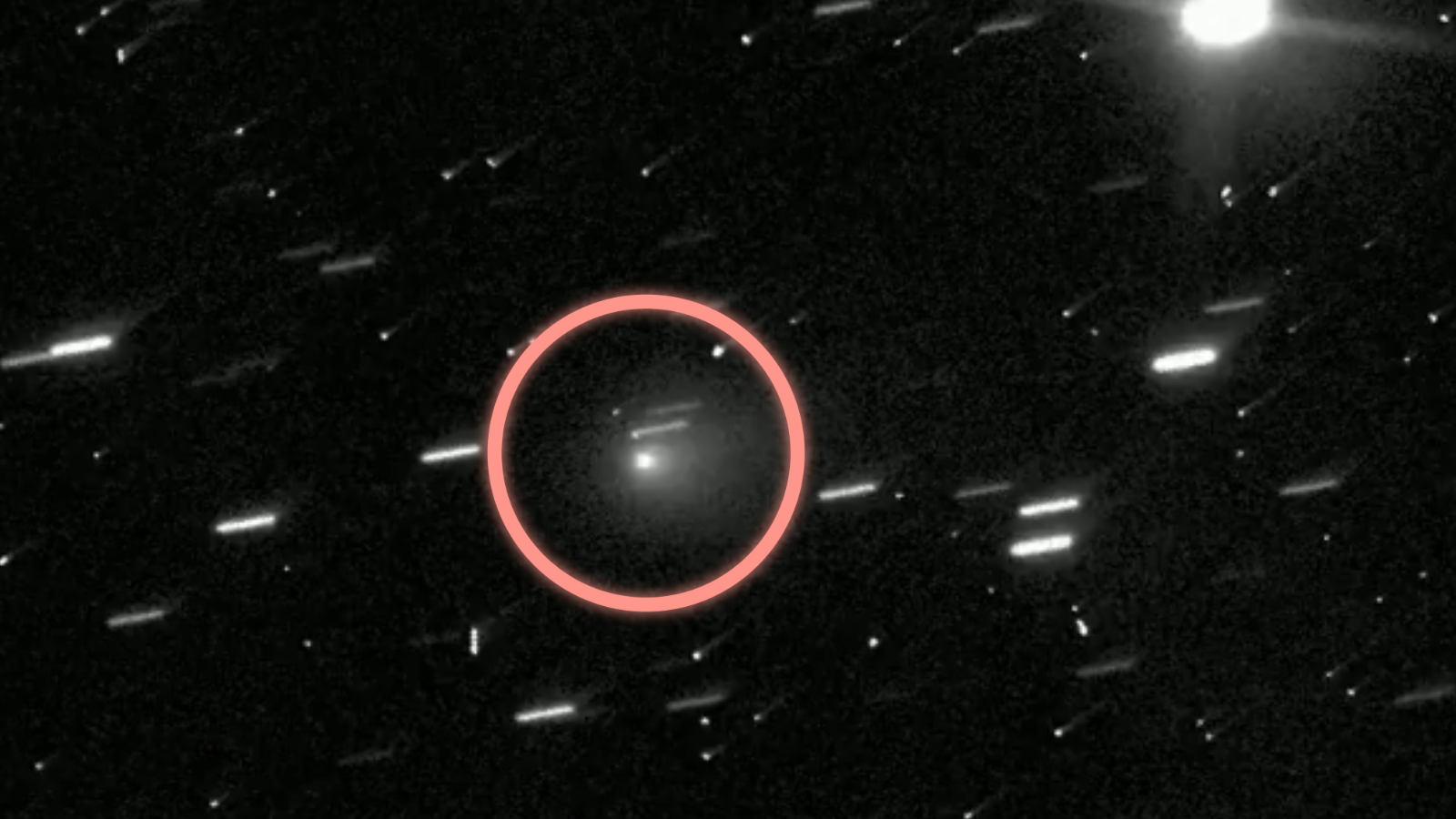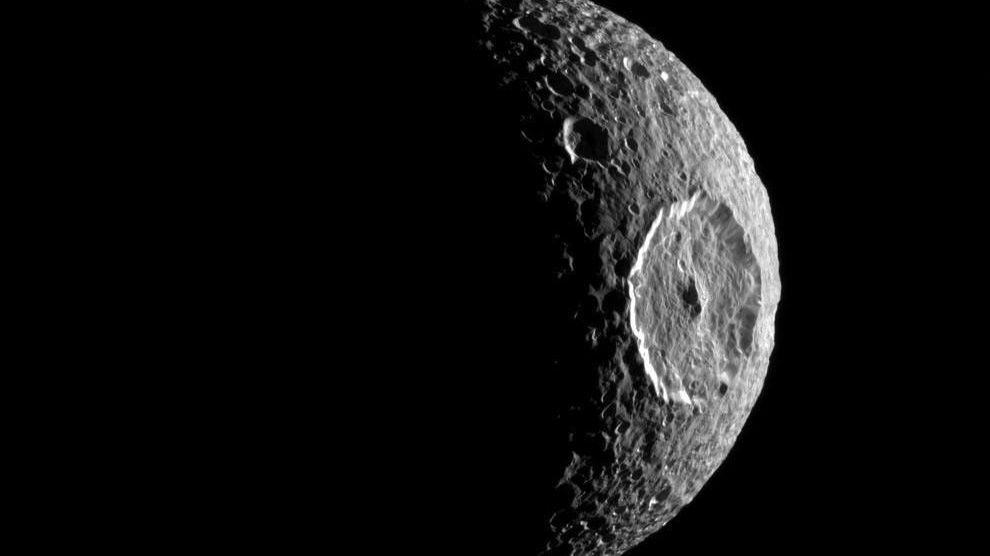Planet-heating methane is escaping from cracks in the Antarctic seabed as the region warms, with new seeps being discovered at an “astonishing rate,” scientists have found, raising fears that future global warming predictions may have been underestimated.
Huge amounts of methane lie in reservoirs that have formed over millennia beneath the seafloor around the world. This invisible, climate-polluting gas can escape into the water through fissures in the sea floor, often revealing itself with a stream of bubbles weaving their way up to the ocean surface.
Relatively little is known about these underwater seeps, how they work, how many there are, and how much methane reaches the atmosphere versus how much is eaten by methane-munching microbes living beneath the ocean.
But scientists are keen to better understand them, as this super-polluting gas traps around 80 times more heat than carbon dioxide in its first 20 years in the atmosphere.
Methane seeps in Antarctica are among the least understood on the planet, so a team of international scientists set out to find them. They used a combination of ship-based acoustic surveys, remotely operated vehicles and divers to sample a range of sites in the Ross Sea, a bay in Antarctica’s Southern Ocean, at depths between 16 and 790 feet.
What they found surprised them. They identified more than 40 methane seeps in the shallow water of the Ross Sea, according to the study published this month in Nature Communications.
Many of the seeps were found at sites that had been repeatedly studied before, suggesting they were new. This may indicate a “fundamental shift” in the methane released in the region, according to the report.
Methane seeps are relatively common globally, but previously there was only one confirmed active seep in the Antarctic, said Sarah Seabrook, a report author and a marine scientist at Earth Sciences New Zealand, a research organization. “Something that was thought to be rare is now seemingly becoming widespread,” she told CNN.
Every seep they discovered was accompanied by an “immediate excitement” that was “quickly replaced with anxiety and concern,” Seabrook said.
The fear is these seeps could rapidly transfer methane into the atmosphere, making them a source of planet-heating pollution that is not currently factored into future climate change predictions.
The scientists are also concerned the methane could have cascading impacts on marine life.
It’s unclear why the methane seeps are happening in the region, but the researchers are investigating whether they might be affected by climate change.
At the other end of the world, in the Arctic, increased underground methane release has been linked to climate change impacts, Seabrook said, including warmer temperatures, shifts in sea level and the continued, slow rise of land after the glaciers melted in the last Ice Age.
It can create a feedback loop, Seabrook added, where climate change increases methane seeps, which themselves further increase the rate of climate change.
The scientists are heading back to Antarctica next week for two months to analyze the seeps in more detail.
Methane is a “real unknown, it’s going up in the atmosphere and we don’t know why,” said Andrew Thurber, a marine biology professor at the University of California, Santa Barbara, and a study author.
One of the most significant concerns is what’s happening in Antarctica, where there are vast reservoirs of methane, Thurber told CNN. If humans continue to warm the planet, these seeps could go from “a natural laboratory to an epicenter of danger,” he said.
In some ways they “are like a dangerous animal,” he added. “They are amazing to study and understand, but one needs to be very aware of what they can do if provoked or underestimated.”
Source link


